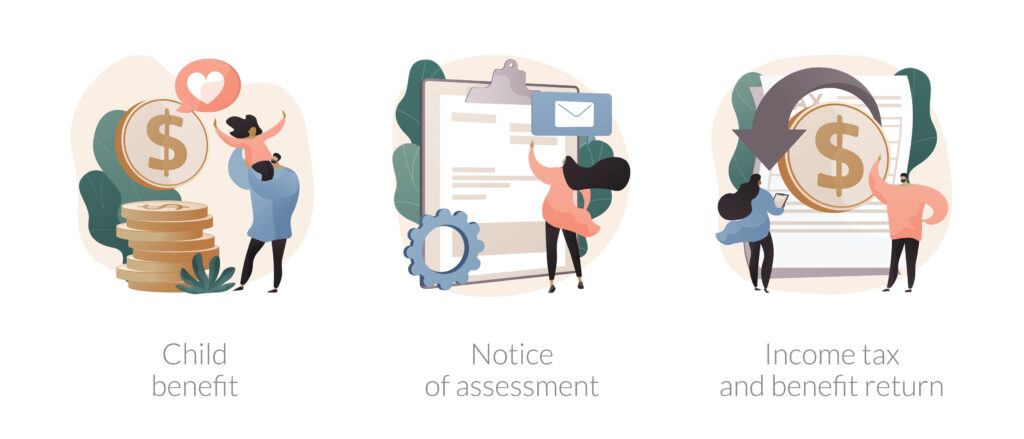Who Really Qualifies as a Dependent for Taxes?

How many dependents do you really have? Who can really be counted as a dependent? These are some of the most common questions that all taxpayers have. Can you count all of your children, live-in help, or perhaps a dog or other family pet? What about a friend who decides to crash at your place and basically mooch off you the entire year; can he or she be counted as a dependent?
As far as the IRS is concerned, there are two different kinds of dependents but there are dozens of scenarios that can fall under these two categories. There are also different rules for each type. The first type of dependent is classified as a qualifying child. The second type is a qualifying relative.
A qualifying child must be related to you, either by birth or adoption, or be a step or foster child. You must also provide more than half of the child’s total financial support and you can be the only person claiming that child on your return. To be a dependent the child must also be 18-years-old or younger, or if he or she is a full-time student, younger than 24-years-old.
The rules for being counted as a qualifying relative are much different. First, if your relative is a blood relative then he or she does not have to live with you in order to be counted. However, he or she must not provide more than half of his or her own support and that person cannot make more than $4000.
For a person who is not a blood relative to qualify as a dependent – like a lifelong friend who is down on his/her luck, or just plain lazy, or even your significant other – that person must live with you the entire year and their income must be less than $4,000 for the entire year. No one else can claim the person and you have to provide more than half of his or her financial support.
California Billionaires
California Billionaires March 10, 2006 Recent reports show that there are at least 100 new billionaires in the world this year, adding to the ever expanding list. Many billionaires reside in California, and are displayed below. Listings include rank, name, age where known, wealth in billions of dollars and source of the money. A number…
Mandatory e-pay for CA Taxpayers with +$80K of Tax Per Year
Mandatory e-pay for CA Taxpayers with +$80K of Tax Per Year Update: 11/10/09: The FTB now has a pay-by-phone option available. See: http://www.ftb.ca.gov/individuals/mandatory_epay/paybyphone.shtml That Franchise Tax Board (FTB) has begun mailing notices (FTB 4106 MEO) to taxpayers who meet the mandatory e-pay threshold. The new mandatory e-pay law requires taxpayers to remit their payments electronically…
Retire Your Mortgage Before You Retire
Retire Your Mortgage Before You Retire By George L. Duarte, MBA, CMC Broker, Horizon Financial Associates An increasing number of baby-boomer homeowners seem to be resigning themselves to the fact that, unlike their parents, they will be making mortgage payments well into retirement. If you look at statistics, you can see where this anxiety comes…
Building an Estate Planning Team
Building an Estate Planning Team To create an estate plan that serves your unique needs and that will execute your wishes as to the distribution of your assets is an important and, often, a complex task. Such professionals usually have honed their skills in their own specific fields. Sound estate planning is built upon a…




